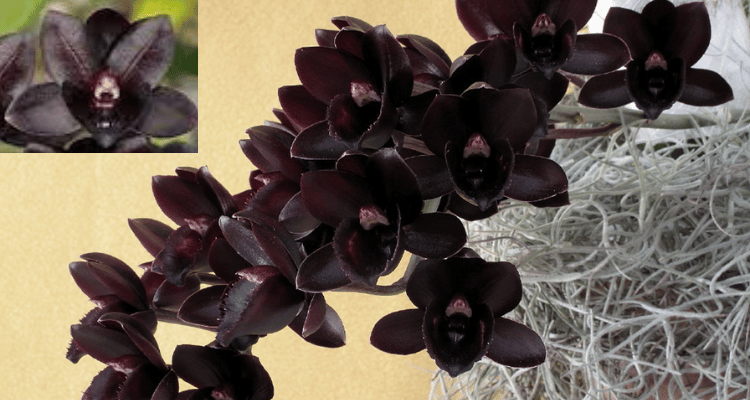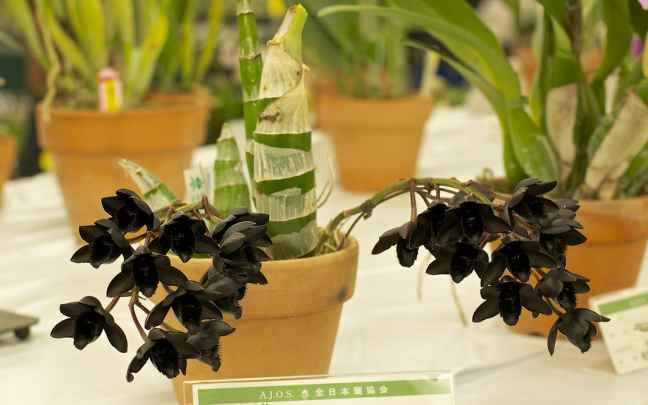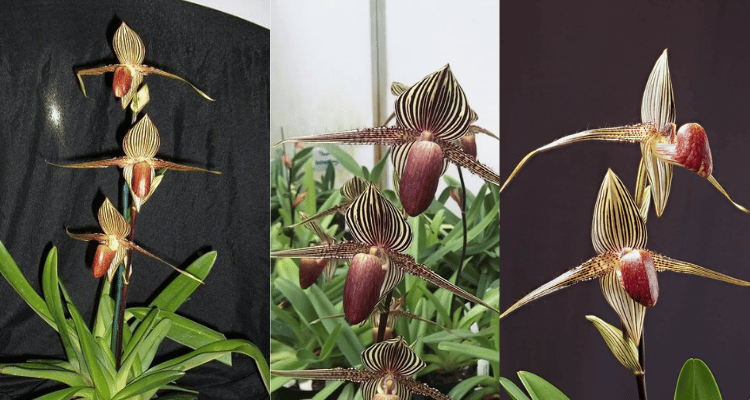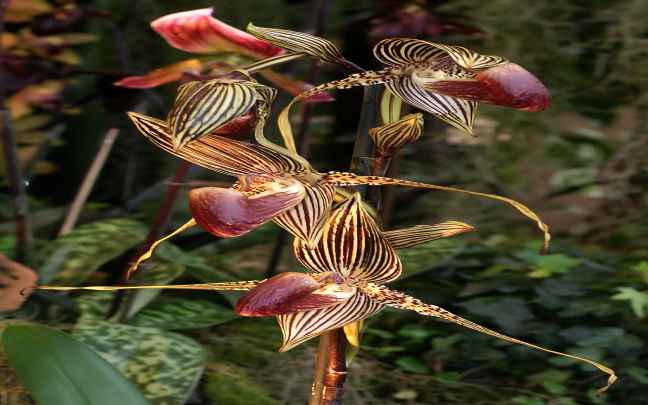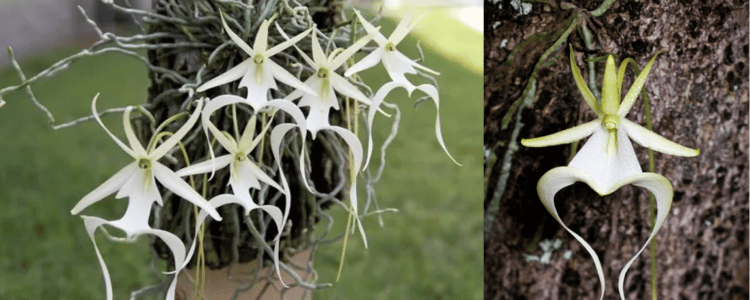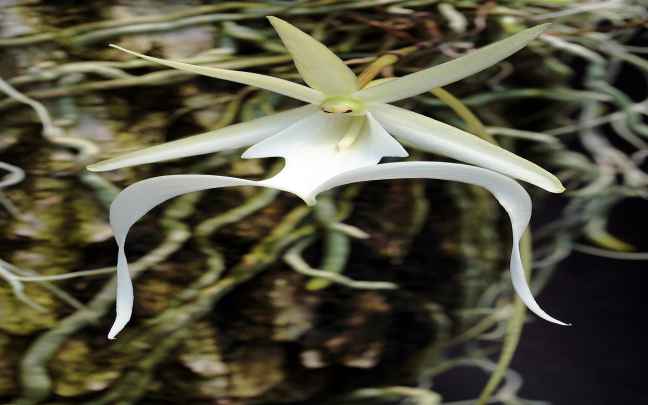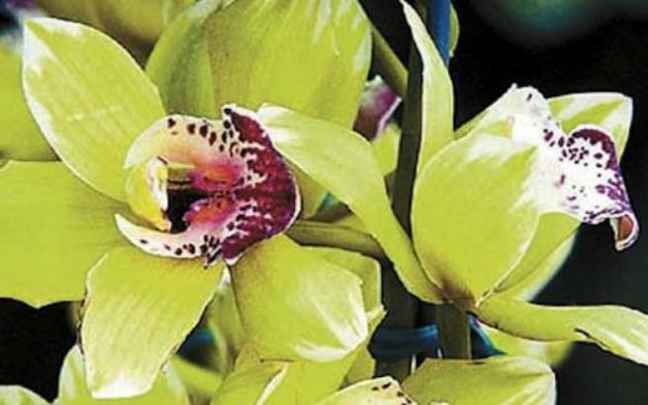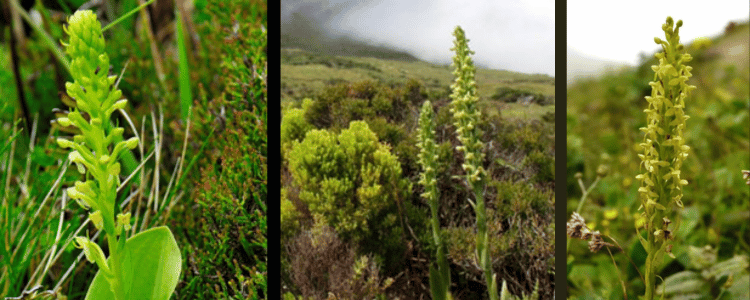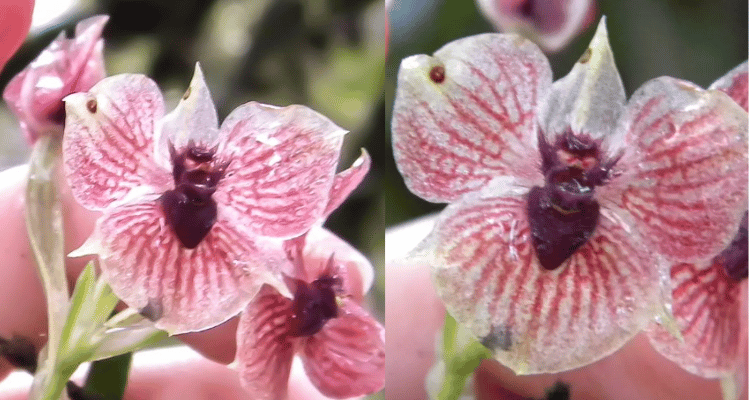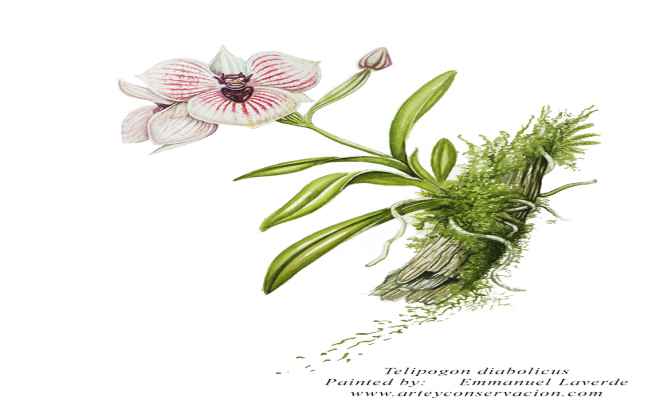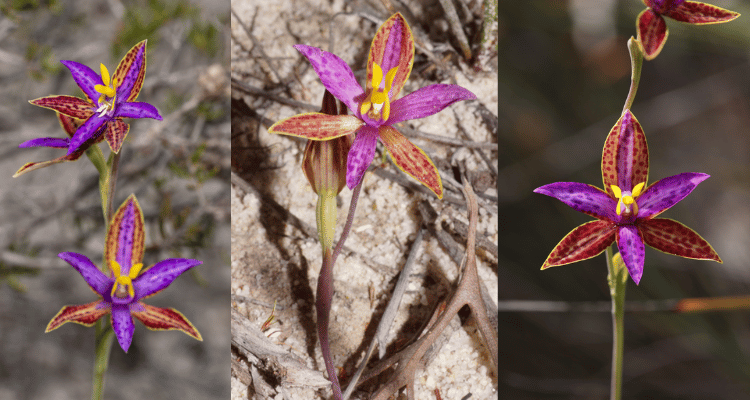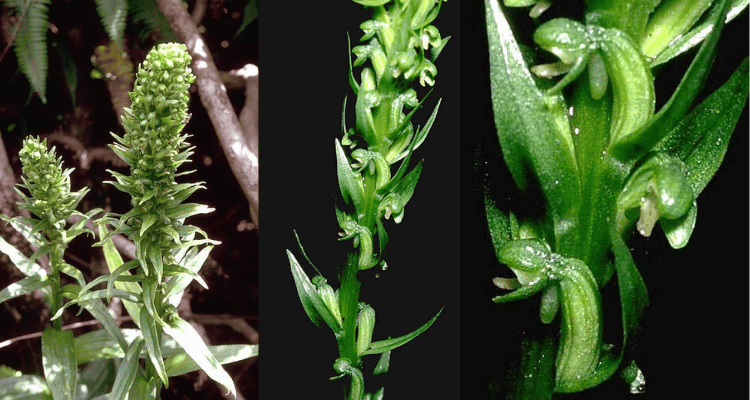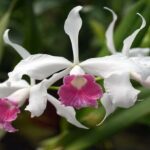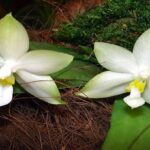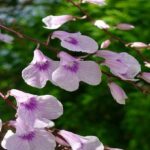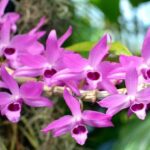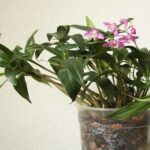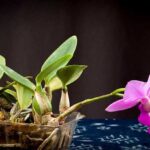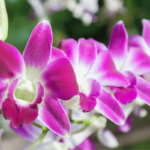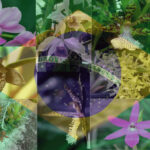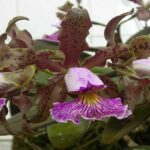Do you know the rarest orchids in the world?
Among the more than 36,000 species of orchids, there are those that are extremely rare and hard to find due to various reasons:
- Cultivation is nearly impossible;
- They are almost extinct;
- They are artificial and only a few species have been produced.
But that doesn’t mean you can’t get to know them.
Learn How to Achieve Super Blooms on Your Orchids
🛑 If you love orchids and you're tired of not being able to make them bloom...
Then, know that thousands of beginner growers are achieving beautiful flowers on their orchids by following this method.
Click the button below to have beautiful orchids with show-worthy flowers every year. ⤵
12 Little-Known Rare Orchids
All the species listed below can be considered rare orchids:
- Fredclarkeara After Dark
- Paphiopedilum Rothschildianum
- Dendrophylax Lindenii
- Shenzhen Nongke
- Plantanthera Azoica
- Telipogon Diabolicus
- Coleman’s Coralroot
- Serapias stenopetala
- Epipogium aphyllum
- Thelymitra pulcherrima
- Paphiopedilum liemianum
- Peristylus holochila
From now on, you’ll learn a bit more about each of these species, how they look, where they are found, and why they are so rare.
Also, get to know the most expensive orchid in the world.
Keep in mind that this list is not a ranking, meaning the first orchid listed is not necessarily rarer than the last one.
1 – Fredclarkeara After Dark (The Rarest Black Orchid)
This orchid is a hybrid obtained by crossing the Catasetum, Clowesia, and Mormodes species.
Its great rarity comes from its black-colored flowers, which were only achieved after several crossbreedings.
This plant is challenging to cultivate, but it’s possible if you strictly follow all the cultivation rules.
When it blooms, these flowers can last an average of 6 to 7 weeks, with up to 22 flowers on each mature pseudobulb.
Despite its difficulty in obtaining through crossbreeding, you can buy a Fredclarkeara After Dark, but it comes with a hefty price tag.
2 – Paphiopedilum Rothschildianum
In my opinion, this is the rarest orchid in the world.
In 1998, Phillip Cribb described Paphiopedilum Rothschildianum in The Genus Paphiopedilum as:
Arguably the most beautiful of the genus.
This orchid only grows on Mount Kinabalu, being discovered in 1887, although this information remained hidden from the public.
Here’s a summary of the history of this incredibly rare plant:
- 1950: Its location was discovered, leading to a “big harvest” of these orchids. As a result, they became extinct due to orchid enthusiasts who removed them from their habitat.
- 1970: It was rediscovered in another area of Kinabalu Park, at the time a protected area, but soon lost that status. Consequently, many of these orchids suffered due to agriculture, logging, and other factors.
- 1980: An attempt was made to increase the population of these orchids, but unfortunately, a fire destroyed everything. This had a sad ending for the attempt to reintroduce the Paphiopedilum Rothschildianum.
- Present day: There are only three locations on Mount Kinabalu where these orchids appear. Those within Kinabalu Park are protected, but unfortunately, they are not entirely safe.
In his book, Phillip Cribb states:
Collectors could practically wipe out all populations of the orchid Paphiopedilum Rothschildianum in a short period.
Unfortunately, that’s almost what happened.
What Can We Learn From Paphiopedilum Rothschildianum
Wildlife trafficking occurs all over the world.
This story shows us what happens when orchids are removed from their natural habitat.
We can only put an end to this with everyone’s contribution. Therefore, if you want a new orchid, follow these two rules:
- Never remove orchids from their natural habitat.
- Only buy orchids from reputable sources where the origin of the orchid is known.
3 – Rare Orchid Dendrophylax Lindenii
Also known as the ghost orchid, Dendrophylax lindenii originates from southeastern Florida, Cuba, and especially the Caribbean basin.
What’s concerning is that this orchid is becoming extinct.
This is because, unlike most other orchids, the ghost orchid does not adapt well to other locations outside its habitat. Additionally, there are many other factors, such as being a weaker orchid, being challenging to reproduce, among other things.
Recommended For You:
Cultivating it is extremely difficult, with few successful cases worldwide.
Due to its endangered status, it is protected in the state of Florida.
Here are some facts about this orchid:
- It was discovered in 1844 by Jean Jules Linden in Cuba.
- They grow in very humid and damp regions, being epiphytic plants with monopodial growth.
- Its leaves are quite large and have an apple scent.
- Its major difference from other orchids is its lack of color, hence the name ghost orchid.
- It has inspired a book that turned into a movie, The Orchid Thief.
To learn more about this orchid, click here.
4 – Shenzhen Nongke
Shenzhen Nongke is the most expensive orchid in the world, costing up to $202,000 per plant.
Moreover, it is one of the most expensive flowers in the world.
This price is due to its significant difference from other orchids.
This orchid was created in a laboratory by the Shenzhen Nongke Group Limited.
It took eight years to develop and was then sold at an auction.
NOTE: I visited this company’s website, but unfortunately, I couldn’t find any information about this orchid.
5 – Plantanthera Azoica
Known by its popular name “the butterfly orchid of Hochstetter,” Platanthera azorica is undoubtedly one of the rarest orchids in Europe.
It was rediscovered in 2013 on São Jorge Island by botanist Mônica Moura after being missing for over 170 years.
So far, only 250 specimens of Platanthera azorica have been discovered.
All of them are on Pico da Esperança on São Jorge Island.
If you want to read the full story of its discovery and also of two other species of the Platanthera azorica genus almost as rare as it is, check out this article.
Do You Want to Learn How To Keep Your Orchids Healthy And Ready to Bloom Every Year?
So, I prepared a complete guide, step by step and illustrated, that will show you:
• The secrets to getting beautiful flowers every year
• How to fight and identify pests and diseases on your orchids
• THE MAGIC SUBSTANCE for orchids and how to use it
• And much, much more.
The great news is that the manual is now available at a super discount!!
But beware, it's only for the first buyers.
Click on MORE INFORMATION below and discover the secrets to show-worthy flowers. 👇
6 – Telipogon Diabolicus
Now let’s talk about this extremely rare orchid, Telipogon diabolicus.
It is considered a rare orchid because it only exists in one place.
Between Putumayo and Nariño in southern Colombia, only about 30 specimens of this plant have been found.
Due to its extremely low number of specimens, this orchid has been classified as critically endangered by the International Union for Conservation of Nature.
Its name comes from its column, which looks very much like a devil’s head.
7 – Coleman’s Coralroot
Coleman’s coralroot orchid is found in only 3 locations:
- Sky Islands of Arizona (USA).
- Dragoon Mountains.
- Santa Rita (USA).
This orchid is critically endangered, especially due to agricultural impacts.
As one of the rarest plants on Earth, Coleman’s coralroot lacks:
- Leaves
- Roots
- And does not undergo photosynthesis
It sustains itself through fungi and host plants it attaches to.
Because of this, it is easily threatened by almost any factor that disrupts its environment.
“The orchid spends most of its life underground, producing flowering shoots only when environmental conditions are right. In any given year, there are far fewer than 200 of the flowers above ground across all populations combined. Biologicaldiversity.org“
8 – Serapias Stenopetala
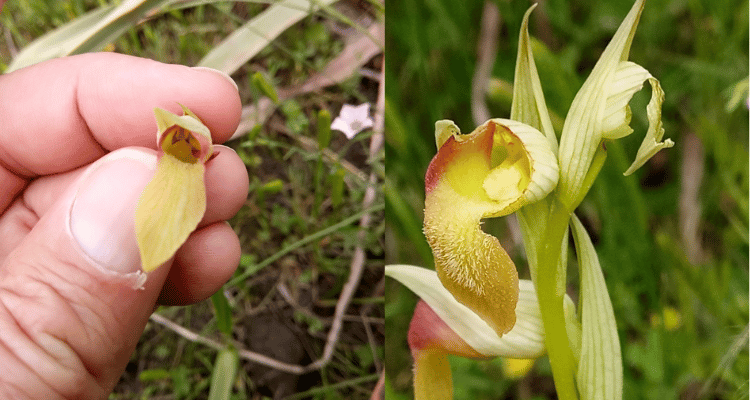
Serapias with narrow petals (Sérapias à pétales étroits) is the common name for Serapias stenopetala.
This orchid, native to Algeria and Tunisia, is currently critically endangered, hence its rarity.
It is believed that there are between 50 and 250 mature individuals of this orchid species in the wild.
In 2016, a detailed article about this species was published in L’Orchidophile No. 237. If you are interested, click here and go to page 14 (the content is in French).
9 – Epipogium aphyllum
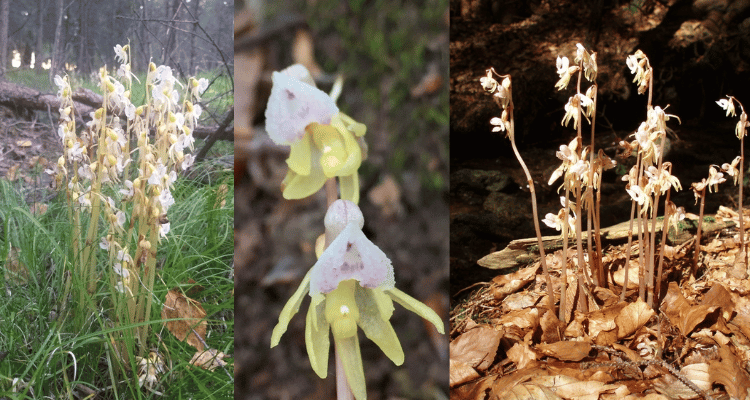
This orchid is also known as the ghost orchid. Epipogium aphyllum is a rare orchid critically threatened with extinction.
Reaching about 30 cm in height, this terrestrial orchid lacks leaves and does not produce chlorophyll.
Therefore, it is entirely dependent on the fungi around it for survival.
According to Wikipedia, in many places, removing this orchid from the wild, even for scientific studies, can lead to legal issues.
“These plants are exceptionally rare and should never be removed from their habitat or disturbed. (Source)“
10 – Thelymitra pulcherrima
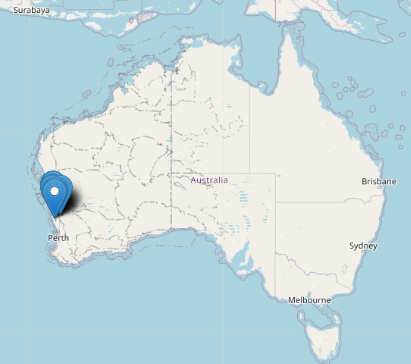
Popularly known as the Queen of Sheba, this orchid is native to Australia and was described in 2009.
Found north of the city of Perth, this orchid prefers sandy soils.
During its flowering period, it produces between 1 and 3 flowers.
This orchid is considered rare and has been relatively understudied.
Also Read:
- 22 Brazilian Orchids You Haven’t Seen Before
- Mini Orchids – What They Are, Their Species, and How to Cultivate Them
- Monkey Face Orchid – Photos, Curiosities, and Much More
11 – Paphiopedilum liemianum
This orchid is currently critically endangered, with about 50 species in the wild.
Found only in northern Sumatra on limestone cliffs at elevations between 600 and 1000 meters above sea level.
This orchid blooms in late winter and early spring, producing flowers about 8 to 9 cm in diameter and 15 to 20 cm in length.
12 – Peristylus holochila
Popularly known as the Hawaiian Bog Orchid, this is the rarest orchid native to Hawaii.
Currently, it is estimated that there are about 50 individuals of this species in the wild, scattered on the islands of Kauai, Maui, and Molokai.
Many aspects of this orchid’s life cycle are unknown, such as its mode of reproduction and longevity.
Conclusion

Truly, there are several interesting orchids in our world, some with very special characteristics.
And I hope that with this article, you have learned a little more about these rare orchids.
Want to learn more about orchids? Check out our article on how to care for orchids.
If you liked it, share this article by clicking the buttons below.

